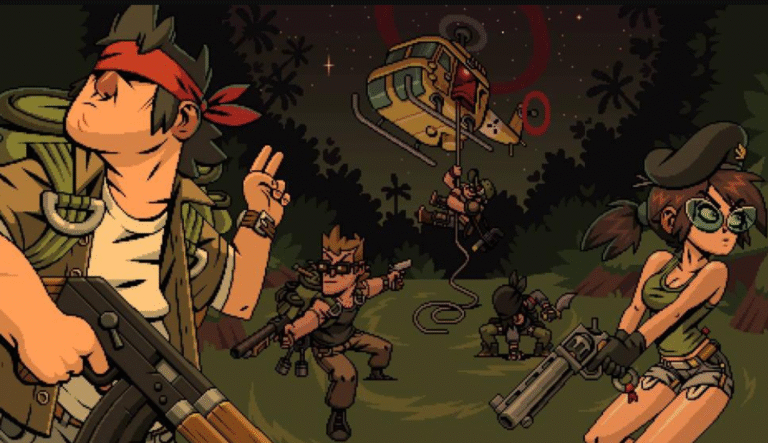Indie games are increasingly dominating the gaming industry, driven by several transformative factors. Digital distribution platforms have democratized access for developers, while crowdfunding has enabled the realization of ambitious projects. This environment fosters unique storytelling and innovative gameplay mechanics, attracting dedicated player communities. As these trends reshape industry standards, the implications for traditional gaming models become increasingly significant. What does this shift mean for the future of mainstream gaming?
The Rise of Digital Distribution Platforms
As the gaming landscape evolved, digital distribution platforms emerged as a crucial catalyst for the indie game movement.
These digital storefronts revolutionized access, enabling developers to showcase their creations directly to consumers. Consequently, indie visibility soared, allowing unique narratives and innovative gameplay to flourish.
This shift democratized the industry, empowering creators with the freedom to express their artistic visions, free from traditional publishing constraints.
See also: The Role of Artificial Intelligence in Modern Game Design
Crowdfunding: Empowering Creative Visions
While traditional funding avenues often stifled creativity, crowdfunding has emerged as a transformative force in the indie game sector.
This model enables developers to pursue ambitious projects without the constraints of conventional financial backing.
It fosters crowdfunding success by allowing creators to engage directly with their audience, ensuring that their unique visions thrive.
Consequently, it significantly enhances creative freedom, reshaping the landscape of game development.
Unique Storytelling and Gameplay Innovations
Crowdfunding has not only democratized funding but also paved the way for innovative storytelling and gameplay in indie games.
Developers now engage in narrative experimentation, crafting unique plots that challenge conventional norms. This creative freedom extends to gameplay mechanics, allowing for unconventional approaches that captivate players.
As a result, indie games are redefining player experiences, showcasing the power of imagination in the gaming industry.
Building Stronger Communities and Player Engagement
Community engagement has emerged as a cornerstone of the indie gaming movement, fostering connections that extend beyond the digital realm.
By prioritizing community feedback and encouraging player involvement, indie developers create immersive experiences that resonate deeply. This approach not only strengthens player loyalty but also cultivates vibrant communities, allowing gamers to feel valued and heard.
Ultimately, this drives the success of indie titles in a competitive landscape.
Conclusion
In conclusion, the ascent of indie games signifies a transformative wave within the gaming industry, akin to a refreshing breeze that stirs the stagnant air of mainstream norms. Digital distribution and crowdfunding have become the wind beneath the wings of innovative creators, allowing them to soar to new heights of storytelling and gameplay. As these unique narratives captivate players, they cultivate vibrant communities, ultimately reshaping the landscape of gaming and challenging the status quo with each new release.
